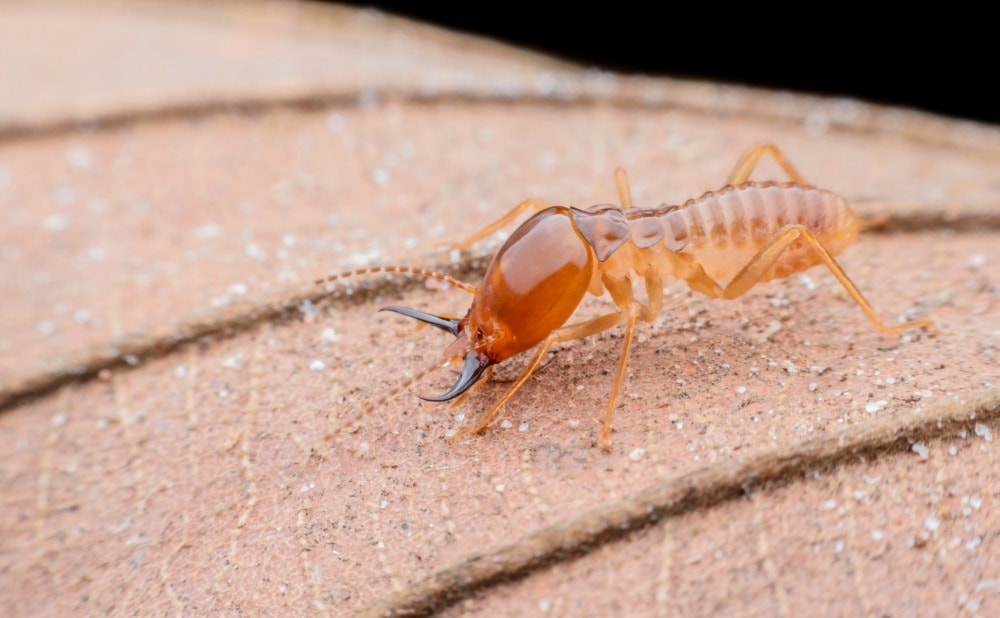Termites are probably the most home-damaging pests. They can cause thousands of dollars in damage despite their size. Sadly, those who live in Merriam, KS may orry about dealing with these pests all year round. Termites remain active during all seasons, but their activity level and visibility can change depending on the time of year.
Some insects disappear when it gets cold, but termites do not take a break. They stay active all year, even during the winter. This is because they live in protected environments where temperatures stay more stable. You can expect them to eat without a break as long as it is warm enough and they have access to food. This makes saelapest.com pest control services important for homeowners.
Winters can get chilly in Merriam, but the soil may not freeze deep enough to stop a termite colony. Plus, termites have everything they need to stay active through the cold months if they are inside your home.
Swarming Season Begins in Spring
Spring is when most people first notice termites. Termite colonies send out swarmers when the weather starts to warm up. These winged termites leave the nest in search of a new place to start a colony. You might see them flying near windows, light fixtures, or gathering around your foundation.
Swarming usually happens after a warm rain and can last for a few weeks. Seeing swarmers does not necessarily mean you have a full-blown infestation, but it strongly indicates that a colony is nearby.
Termites Are Hard at Work in Summer
Termites get back to business after spring. Colonies grow and feed at full speed during the summer months in Merriam. Warm weather and moist soil create perfect conditions for subterranean termites, which are the most common type in Kansas.
These termites build mud tubes from the ground to their food source, which is usually the wooden parts of your home. You will not often see them out in the open, but they are quietly chewing away inside walls, crawl spaces, and foundations. Bubbling paint, hollow-sounding wood, or soft spots in floors or walls are signs of termite activity.
Termites Slow Down in Fall But Still Active
Termite activity begins to slow as temperatures start to drop. Termites are still feeding and building tunnels, just not as quickly as during the warmer months. They are cold-blooded, so their energy and movement are tied to outside temperatures. But they can keep going without pause if they are in a heated home or building/.
Fall is a great time for an inspection. A professional can spot early warning signs that most people miss. Catching termites in the fall can help prevent bigger problems down the line.
Termites Hide Underground and Indoors in Winter
Termite activity outdoors may drop off during the winter in Merriam, especially if the soil gets too cold. But this doesn’t mean the colony is gone. Termites can go deeper underground to stay warm or they might already be inside your home.
It is important to stay alert even during the winter if you have had termite problems before or live in an older home. You might not see swarmers this time of year, but the damage can still be happening without being noticed.
What Keeps Termites Active?
Below are things that help termites stay active all year:
- Moisture. Termites need moisture to survive. Leaky pipes, poor drainage, or damp crawl spaces can attract them.
- Wood in contact with soil. A wood structure that touches the ground is a direct path for termites.
- Warmth. Heated homes and basements give termites a safe place to stay active in the winter.
- Hidden entry points. Cracks in foundations, gaps around pipes, and open vents are potential access spots.
Keeping your home dry, well-sealed, and regularly inspected can reduce termite risks year-round.



